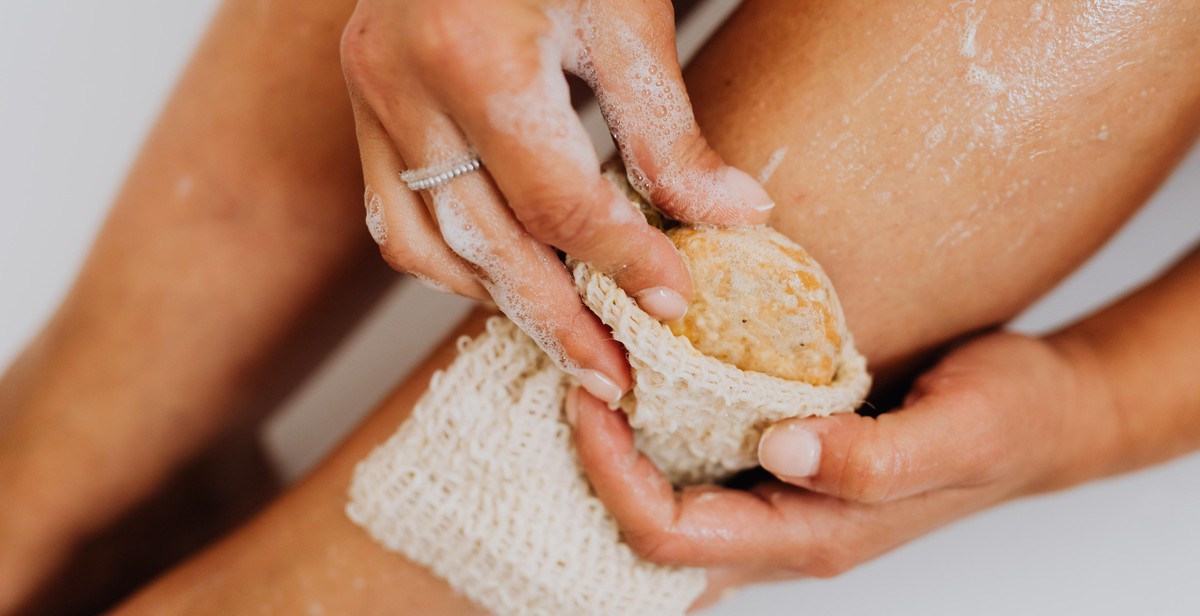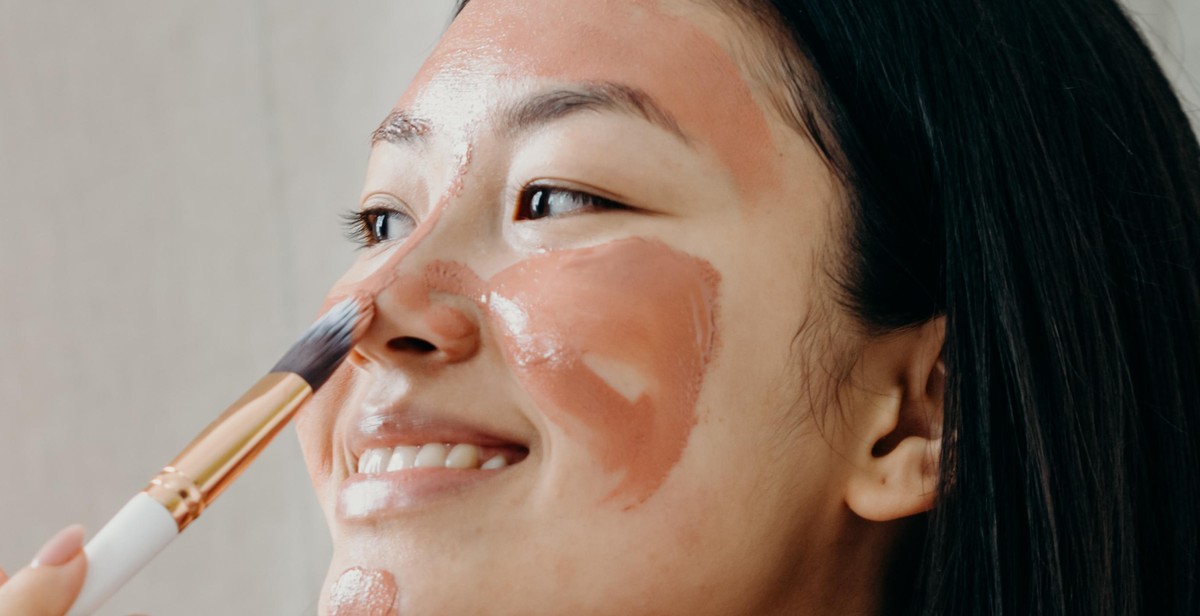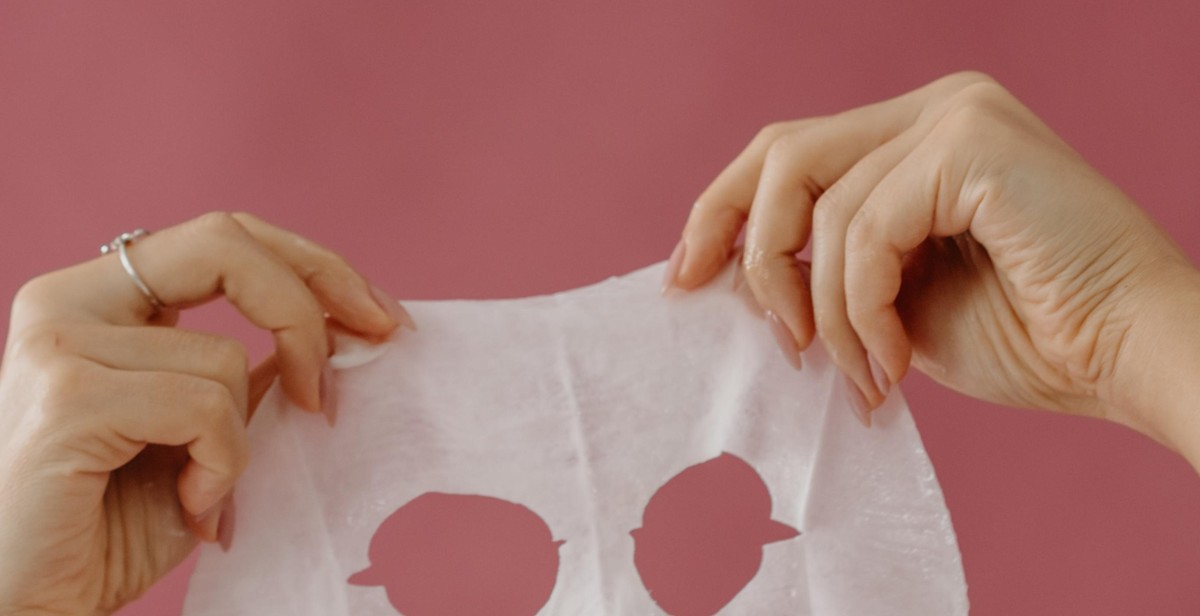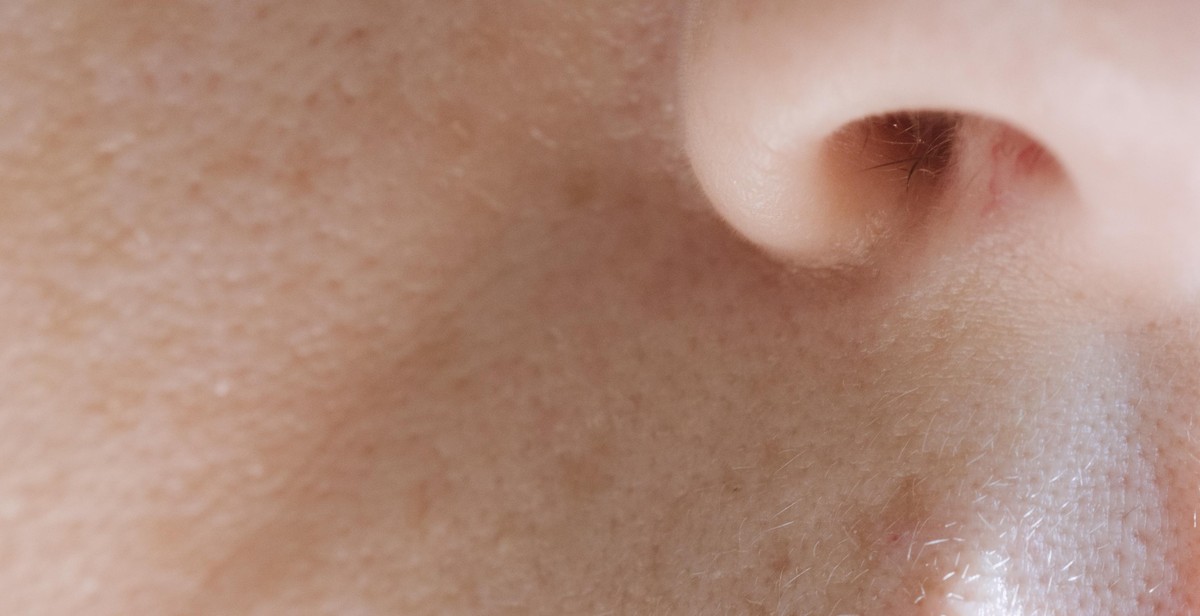How to Exfoliate Your Skin for a Smooth and Radiant Complexion
Exfoliation is an essential part of any skincare routine, and it involves removing dead skin cells from the surface of your skin. This process not only helps to keep your skin looking smooth and radiant, but it also allows your skin to better absorb moisturizers and other skincare products.
Why Exfoliation is Important for Your Skin
Our skin naturally sheds dead skin cells, but sometimes this process can become slow or uneven, leading to a buildup of dead skin cells on the surface of our skin. This buildup can result in a dull, rough, and uneven complexion, as well as clogged pores and breakouts.
Exfoliation helps to remove this buildup of dead skin cells, revealing fresh, new skin cells underneath. This not only improves the appearance of our skin but also promotes cell turnover, which can help to reduce the appearance of fine lines and wrinkles.
Regular exfoliation can also help to improve the effectiveness of other skincare products by allowing them to better penetrate the skin. This means that your moisturizers, serums, and other products will be more effective at hydrating and nourishing your skin.
In the following sections, we will explore the different types of exfoliation and how to incorporate them into your skincare routine to achieve a smooth and radiant complexion.

Types of Exfoliation
Exfoliation is the process of removing dead skin cells from the surface of your skin. There are two main types of exfoliation: physical exfoliation and chemical exfoliation. Both types can be effective, but which one you choose will depend on your skin type and personal preference.
Physical Exfoliation
Physical exfoliation involves using a tool or product to physically scrub away dead skin cells. This can be done with a variety of products, including scrubs, brushes, and sponges. Some popular physical exfoliation methods include:
- Scrubs: These are products that contain small particles, such as sugar or salt, which are used to physically scrub away dead skin cells.
- Brushes: A brush with soft bristles can be used to gently scrub away dead skin cells. This is a popular method for body exfoliation.
- Sponges: A sponge can be used to gently exfoliate the skin. This is a good option for those with sensitive skin.
Physical exfoliation can be effective, but it’s important to be gentle and avoid over-exfoliating, which can lead to irritation and even damage to the skin barrier.
Chemical Exfoliation
Chemical exfoliation involves using acids or enzymes to dissolve dead skin cells. This can be done with a variety of products, including acids, masks, and peels. Some popular chemical exfoliation methods include:
- Alpha-hydroxy acids (AHAs): These are water-soluble acids that work by dissolving the bonds between dead skin cells. Common AHAs include glycolic acid and lactic acid.
- Beta-hydroxy acids (BHAs): These are oil-soluble acids that work by penetrating the pores and dissolving dead skin cells. Salicylic acid is a common BHA.
- Enzymes: These are proteins that break down dead skin cells. Common enzymes used in skincare include papain (from papaya) and bromelain (from pineapple).
Chemical exfoliation can be very effective, but it’s important to choose the right product for your skin type and to follow the instructions carefully. Some chemical exfoliants can be harsh and cause irritation if used incorrectly.

Choosing the Right Exfoliant for Your Skin Type
Exfoliating is an essential step in any skincare routine. It removes dead skin cells, unclogs pores, and helps to reveal smoother, brighter, and healthier-looking skin. However, not all exfoliants are created equal, and choosing the right one for your skin type is crucial to avoid irritation and achieve optimal results.
Normal Skin
If you have normal skin, you can use a variety of exfoliants, including physical and chemical ones. Physical exfoliants, such as scrubs, are great for removing surface debris and promoting circulation. However, make sure to choose a gentle formula with round particles to avoid damaging the skin. Chemical exfoliants, such as alpha-hydroxy acids (AHAs) and beta-hydroxy acids (BHAs), are also effective in removing dead skin cells and unclogging pores. They work by dissolving the bonds between the cells, revealing smoother skin underneath. Start with a low concentration and gradually increase as your skin tolerates it.
Dry Skin
If you have dry skin, it’s important to choose an exfoliant that won’t strip away your natural oils. Avoid physical exfoliants that can be too harsh and opt for a chemical exfoliant instead. AHAs, such as glycolic acid, are great for dry skin as they not only exfoliate but also hydrate and improve skin texture. Look for formulas that also contain moisturizing ingredients, such as hyaluronic acid or ceramides, to prevent dryness and irritation.
Oily Skin
If you have oily skin, you may be prone to acne and breakouts. Exfoliating can help to unclog pores and prevent bacteria buildup. BHAs, such as salicylic acid, are particularly effective for oily skin as they penetrate deep into the pores and dissolve excess oil and sebum. Look for lightweight formulas that won’t clog your pores and avoid physical exfoliants that can be too abrasive and cause irritation.
Sensitive Skin
If you have sensitive skin, you need to be extra careful when choosing an exfoliant. Avoid harsh physical exfoliants and opt for a gentle chemical exfoliant instead. PHAs, such as gluconolactone, are great for sensitive skin as they have larger molecules and are less likely to penetrate too deeply, causing irritation. Look for formulas that are fragrance-free, hypoallergenic, and non-comedogenic to minimize the risk of a reaction.
| Skin Type | Recommended Exfoliants |
|---|---|
| Normal Skin | Physical and Chemical Exfoliants |
| Dry Skin | Chemical Exfoliants with Moisturizing Ingredients |
| Oily Skin | BHA Chemical Exfoliants |
| Sensitive Skin | PHA Chemical Exfoliants |

How Often Should You Exfoliate?
Exfoliation is an important step in any skincare routine. It helps to remove dead skin cells, dirt, and oil from the skin’s surface, leaving it smooth and radiant. However, it’s important to exfoliate correctly and not overdo it.
Skin Type Matters
How often you should exfoliate depends on your skin type. If you have oily or acne-prone skin, you may need to exfoliate more often than someone with dry or sensitive skin. Oily skin tends to produce more dead skin cells, which can clog pores and lead to breakouts. Exfoliating once or twice a week can help keep pores clear and prevent acne.
On the other hand, if you have dry or sensitive skin, you may only need to exfoliate once a week or even less frequently. Over-exfoliating can strip the skin of its natural oils, leading to dryness and irritation.
Consider the Exfoliant Type
The type of exfoliant you use also affects how often you should exfoliate. Chemical exfoliants, such as alpha-hydroxy acids (AHAs) and beta-hydroxy acids (BHAs), are gentler on the skin and can be used more frequently. These exfoliants work by dissolving the glue that holds dead skin cells together, making them easier to remove.
Physical exfoliants, such as scrubs and brushes, are more abrasive and should be used less frequently. Overusing physical exfoliants can damage the skin’s barrier and cause irritation. Stick to once or twice a week for physical exfoliants.
Listen to Your Skin
The best way to determine how often you should exfoliate is to listen to your skin. If your skin feels tight, dry, or irritated after exfoliating, you may be doing it too often. If you notice an improvement in your skin’s texture and appearance after exfoliating, you may be able to increase the frequency.
Overall, it’s important to find a balance when it comes to exfoliating. Too much can be damaging, but too little can lead to a buildup of dead skin cells and clogged pores. Pay attention to your skin’s needs and adjust your exfoliation routine accordingly.

Step-by-Step Guide to Exfoliating Your Skin
Exfoliating your skin regularly is an essential step in maintaining a smooth and radiant complexion. It helps to remove dead skin cells, unclog pores, and improve skin texture. Here’s a step-by-step guide to exfoliating your skin:
Step 1: Cleanse Your Skin
Before exfoliating, it’s essential to cleanse your skin thoroughly. Use a gentle cleanser to remove any dirt, oil, or makeup from your face. This will ensure that your skin is clean and ready for exfoliation.
Step 2: Apply Exfoliant
Choose an exfoliant that suits your skin type. There are two types of exfoliants: physical and chemical. Physical exfoliants contain small particles that scrub away dead skin cells, while chemical exfoliants use acids to dissolve the dead skin cells. Apply the exfoliant to your face, avoiding the eye area.
Step 3: Massage Gently
Using your fingertips, massage the exfoliant onto your skin in circular motions. Be gentle and avoid applying too much pressure, as this can damage your skin. Focus on areas that are prone to dryness or roughness, such as your nose, chin, and forehead.
Step 4: Rinse Off
After massaging the exfoliant onto your skin, rinse it off thoroughly with lukewarm water. Make sure to remove all the exfoliant from your skin to avoid irritation or redness.
Step 5: Moisturize
After exfoliating, it’s essential to moisturize your skin to keep it hydrated and healthy. Choose a moisturizer that suits your skin type and apply it to your face and neck. This will help to soothe and nourish your skin, leaving it soft and smooth.
Following these simple steps regularly will help to improve your skin’s texture and appearance, giving you a smooth and radiant complexion.

Conclusion
Exfoliating your skin is an essential step in any skincare routine. It helps to remove dead skin cells, unclog pores, and promote cell turnover, resulting in a smoother and more radiant complexion. However, it is important to choose the right exfoliator for your skin type and use it correctly to avoid damaging your skin.
Tips for Effective Exfoliation
- Choose an exfoliator that suits your skin type and concerns.
- Use gentle, circular motions to massage the exfoliator onto your skin.
- Avoid over-exfoliating, as this can lead to irritation and sensitivity.
- Be mindful of the frequency of exfoliation, as it varies depending on your skin type and the exfoliator you use.
- Always follow up with a moisturizer to hydrate and protect your skin.
Benefits of Regular Exfoliation
Regular exfoliation can help to:
- Improve skin texture and tone
- Minimize the appearance of pores
- Reduce fine lines and wrinkles
- Prevent acne and breakouts
- Enhance the absorption of skincare products
Final Thoughts
Exfoliation is a simple yet effective way to improve the overall health and appearance of your skin. By incorporating it into your skincare routine, you can achieve a smoother, brighter, and more youthful complexion. Remember to choose the right exfoliator for your skin type, use it correctly, and follow up with a moisturizer for best results.
